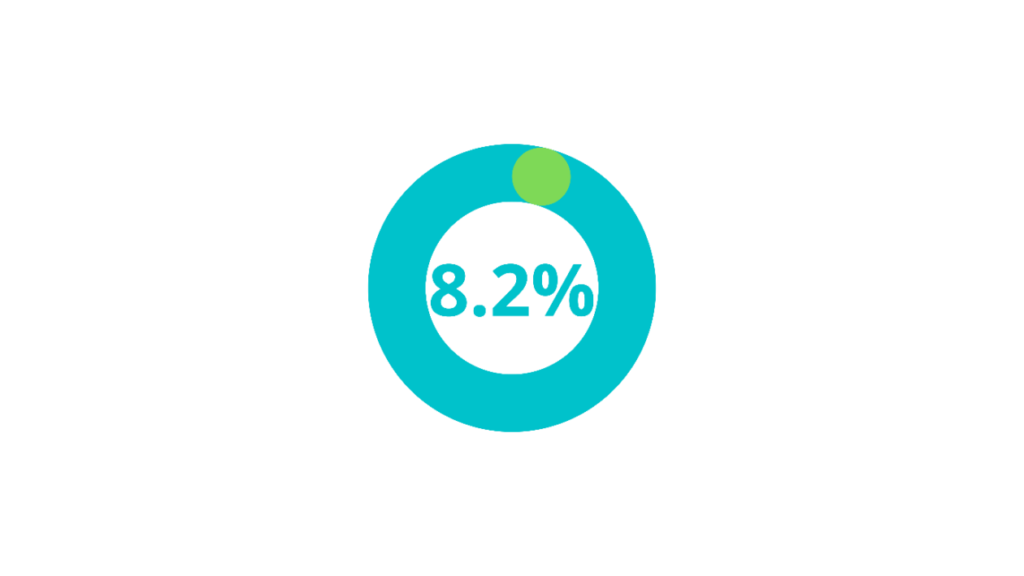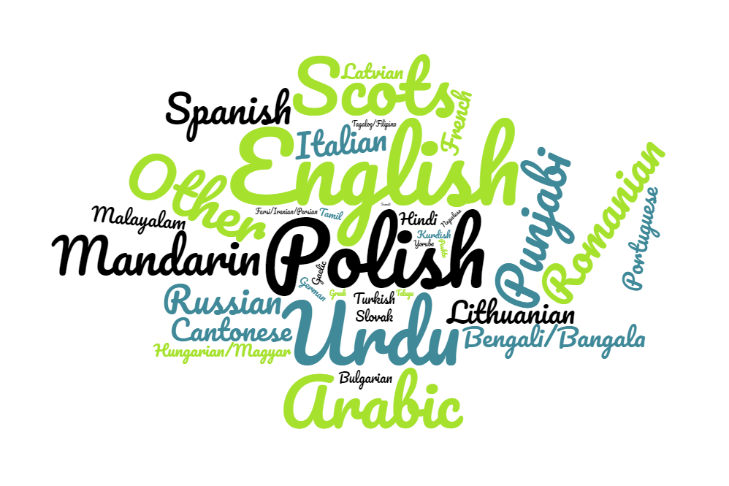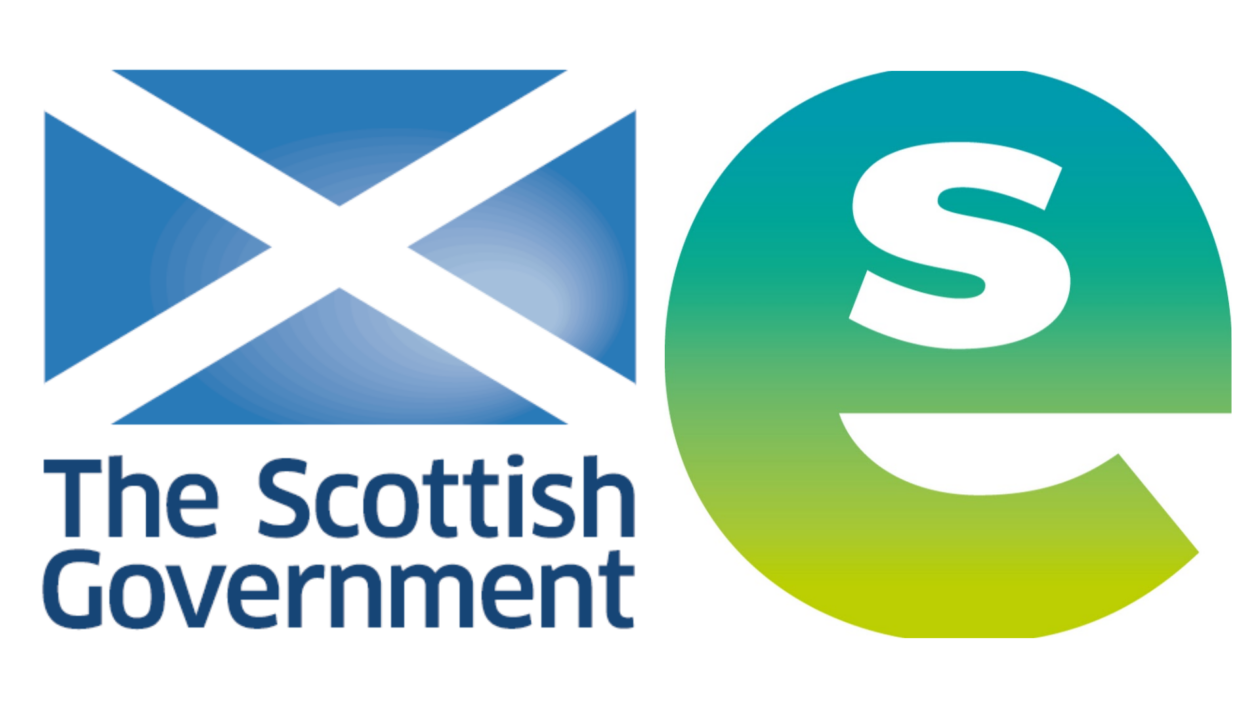The 2011 Scottish census told us that there were over 450,000 people, 8.2%, of the Scottish population, who self-identified as being from a Minority Ethnic community.
 The highest proportions of people from visible Minority Ethnic groups were living in Scotland’s largest cities (Aberdeen City, City of Edinburgh, Glasgow City). These figures are likely to have changed significantly since 2011 as there had been a four-fold increase in Black, Asian and Minority Ethnic groups in the 10 years preceding this date.
The highest proportions of people from visible Minority Ethnic groups were living in Scotland’s largest cities (Aberdeen City, City of Edinburgh, Glasgow City). These figures are likely to have changed significantly since 2011 as there had been a four-fold increase in Black, Asian and Minority Ethnic groups in the 10 years preceding this date.
This page shows the percentage of ethnic groups living in each SIMD decile. The section ‘Is Scotland Fairer?’ identifies some of the racial barriers which cause poverty.
The Pupil Census gives us an overview of the ethnicities of Scottish learners in 2019. While it does not detail the percentage of Minority Ethnic learners who have English as an Additional Language it states that of all children and young people who required additional support, 5.5% did so as a result of having English as an additional language. This does not reflect the total number of English as an additional language learners as research confirms that bilingualism or multilingualism are strengths rather than a need for support. This same publication provided evidence that one hundred and fifty four home languages are spoken in Scottish learners’ homes.
 ‘Is Scotland Fairer?’
‘Is Scotland Fairer?’
The report, ‘Is Scotland Fairer?’ is a comprehensive review of how Scotland was performing on equality and human rights in 2018. It noted that some Minority Ethnic learners attained well above the national average but some groups such as Gypsy/Traveller learners performed less well. However Minority Ethnic students received lower final grades for their degrees and, after graduation, were less likely to be in work or further study.
Statistics how the crucial importance of disaggregating data by ethnic group when considering different Minority Ethnic communities. They also demonstrate that high achievement at school is only part of the story; this success does not currently lead to the improved life chances that might be expected for learners in these Minority Ethnic groups.


